B.O.A.T.
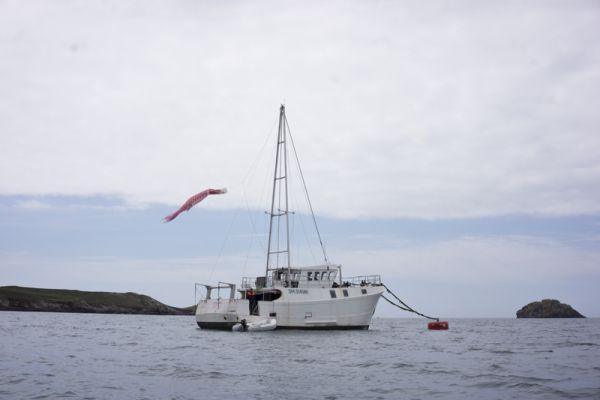
© Nicolas Floc'h
As a kind of annex of the École européenne supérieure d’art de Bretagne (EESAB), B.O.A.T. ® (Boat Of Artistic Research Trip) is involved with artistic and educational research on board an old trawler called “Le grand largue”. Conceived as a moveable workshop and studio, this vessel takes part in the revelation of many aspects of Brittany, which is endowed with outstanding marine and coastal resources. B.O.A.T. ® makes it possible for students and guest artists to imagine their praxis in a transversal motion : art and sciences, art and maritime economy, design and renewable forms of energy.
Since its creation, the 16 metre/52 foot ship based in Saint-Malo has been sailing to Saint-Nazaire, Lorient, Brest, etc.
As part of the Fendre les Flots/Cleave the Waves season, La Criée has become associated with the project by inviting Marcel Dinahet and Nicolas Floc’h to become involved, who are in turn accompanied by the young artists Gabriel Haberland and Leila Willis, Claire Lagneau-Guetta and Paul Bienvault, students at the EESAB, plus the draughtsman Morvandiau and the curator Ann Stouvenel.
This research and creation residency offered a chance for Marcel Dinahet and Nicolas Floc’h – for whom the sea is a central and recurrent subject –to work together for the first time, and share their artistic and maritime experiences not only with each other, but also with young artists and art students.
They were all confronted by the spirit of discovery and relocation of practices which are carried out on a boat on the move, but also during periods spend in harbours. This shipbound residency, but its very nature, focuses at once on questions to do with the notion of displacement, geography and time, but also of transmission and sharing
The residency started in Saint-Malo and then moved to its port of call: the Ile d’Ouessant, from which the artists fanned out.
The Residencies and floating projects have been initiated by La Criée centre d’art contemporain et l’École européenne supérieure d’art de Bretagne, with the participation of the Association Finis terrae.
The B.O.A.T ® project is the brainchild of three artists teaching at the EESAB, Nicolas Floc’h, Erwan Mével and Jocelyn Cottencin.
B.O.A.T ® is part of the ICR project which has been selected as part of the Programme européen de coopération transfrontalière INTERREG IV A France (Manche) - England, co-funded by the FEDER.
The boat has been put at the disposal of the EESAB by Pierre-Yves Glorennec, head of Avel-vor technologies.
Marcel Dinahet, Logbook, June, 2016
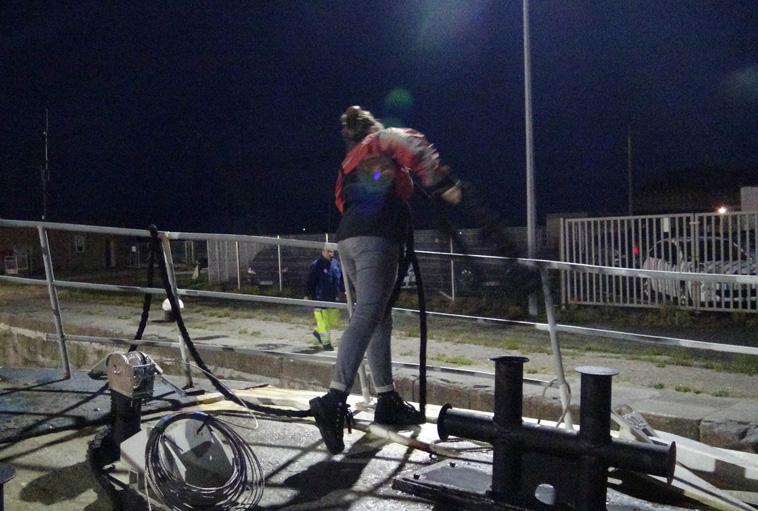
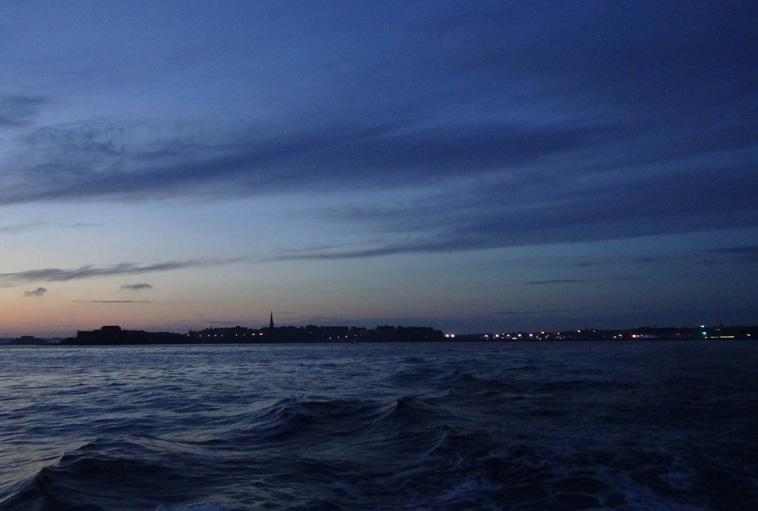
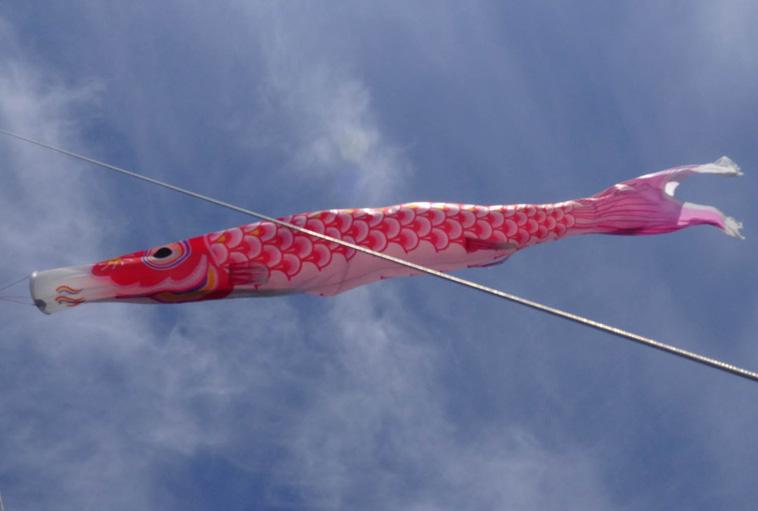
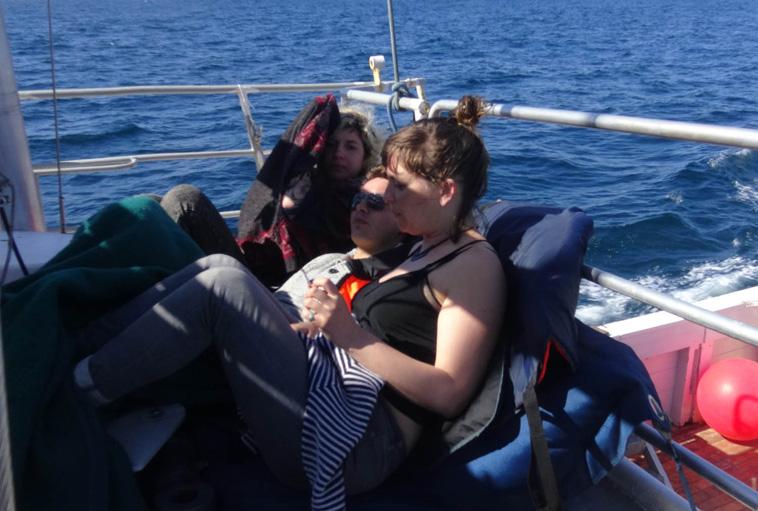
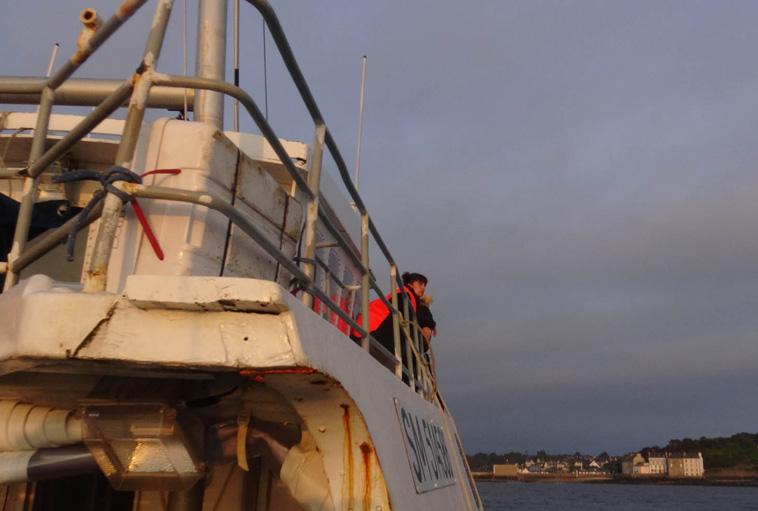
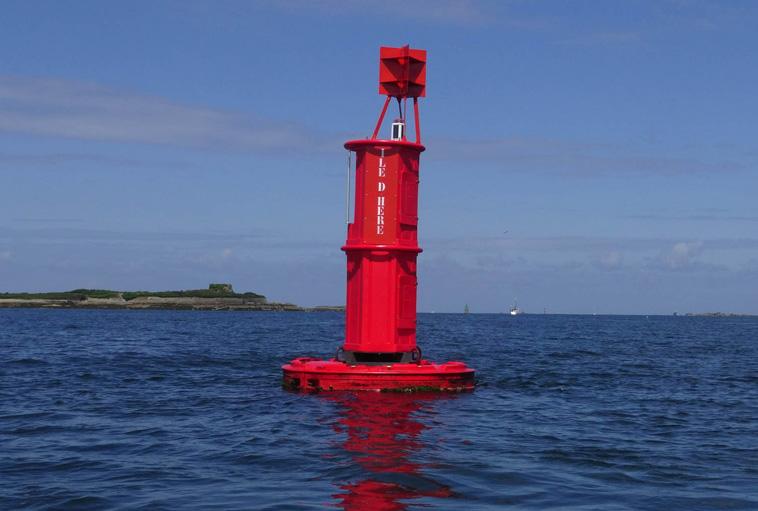
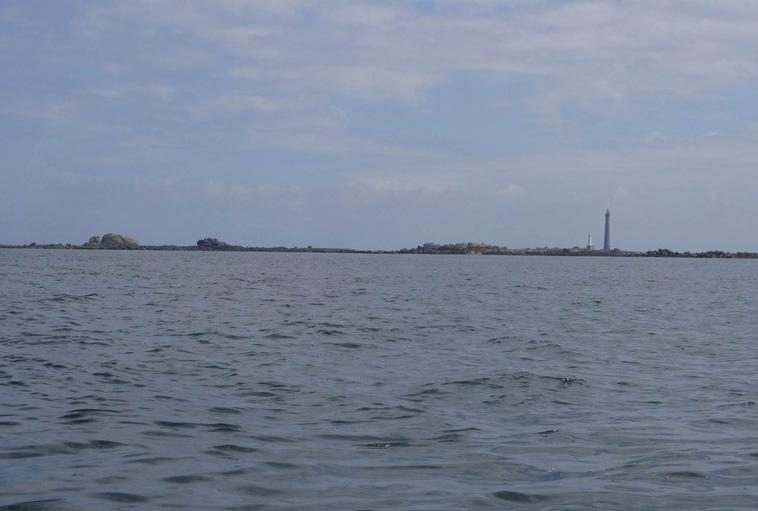
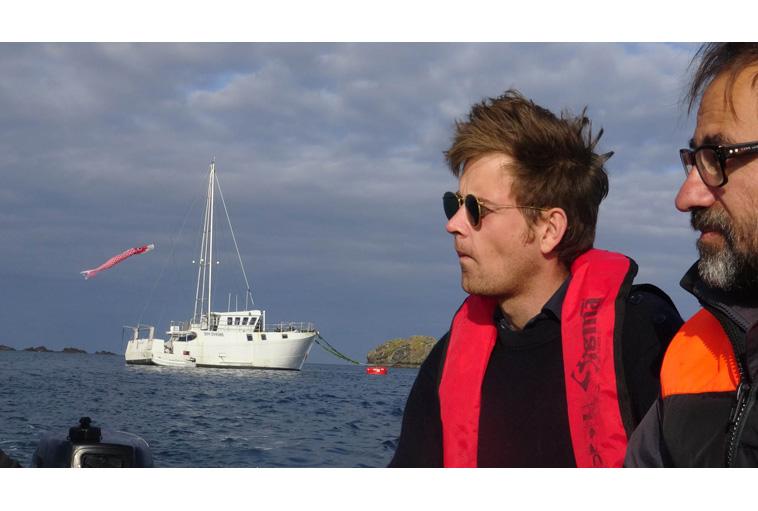
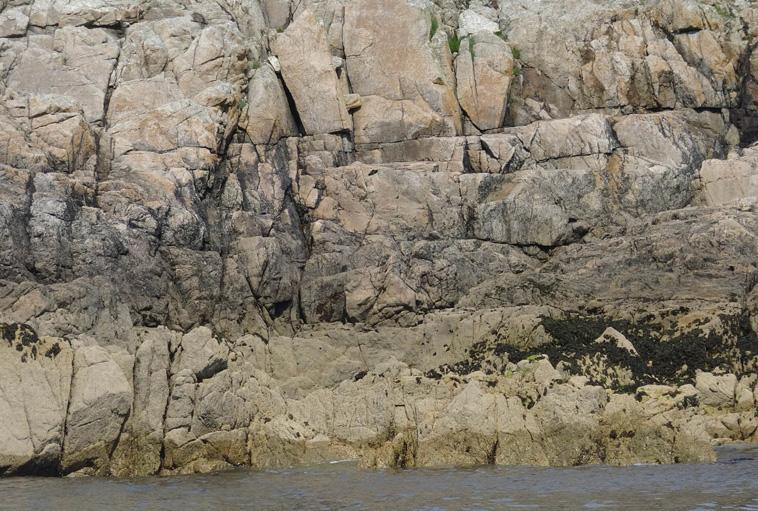
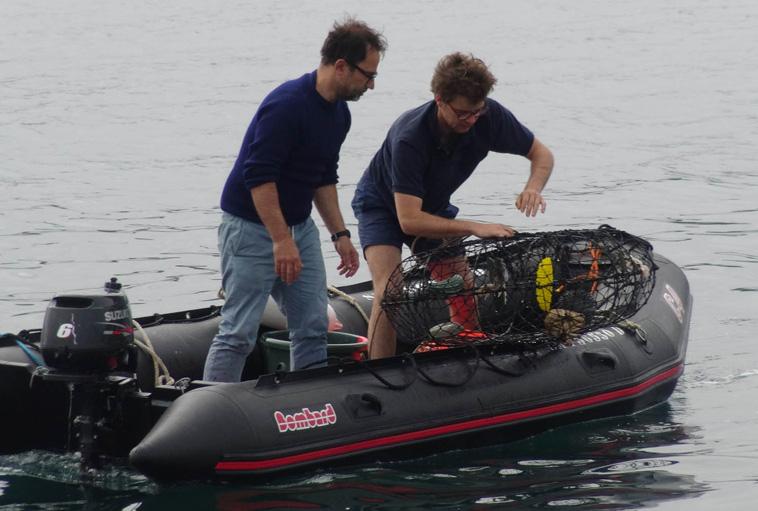
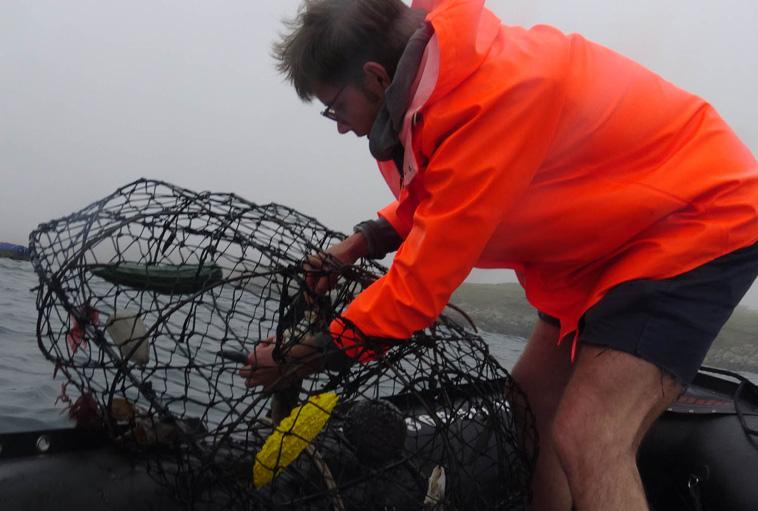
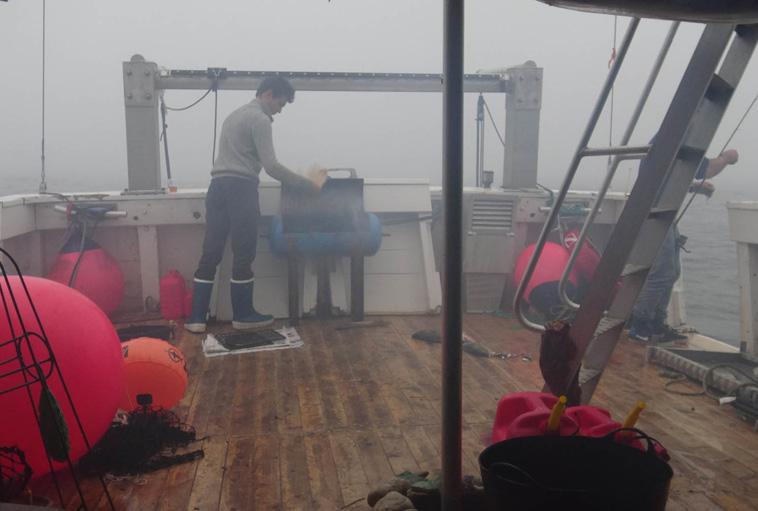
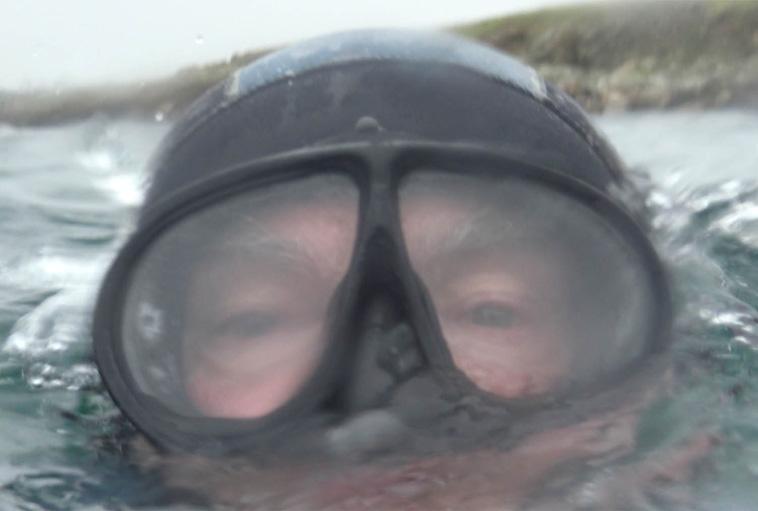
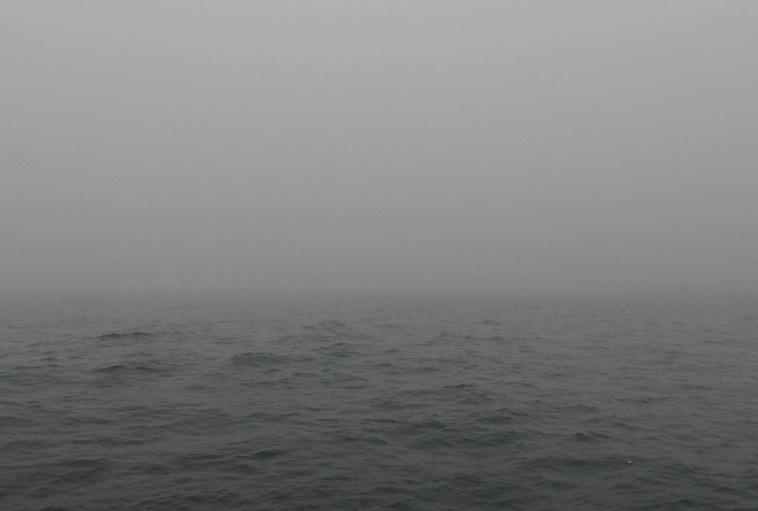
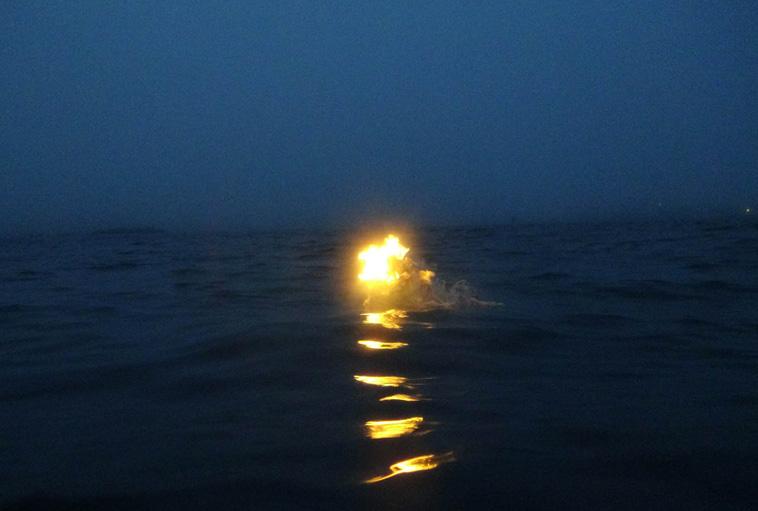
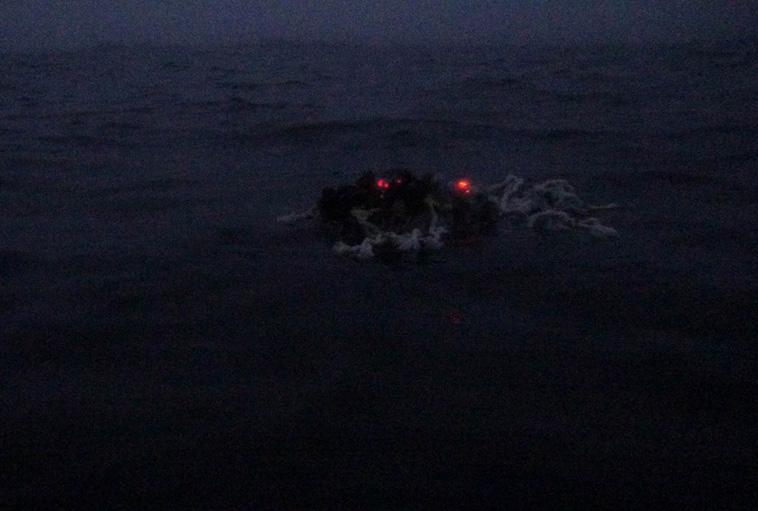
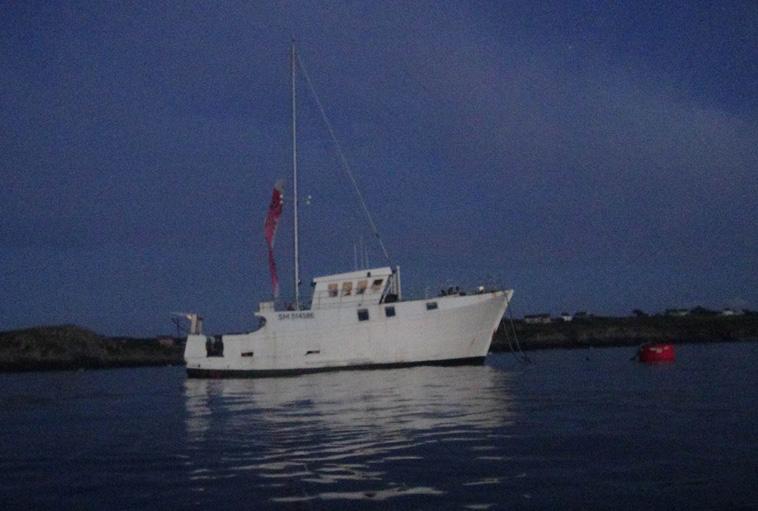
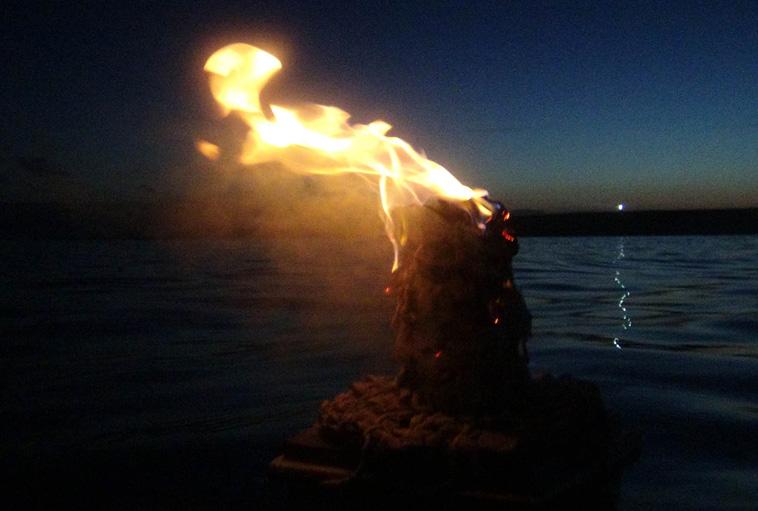
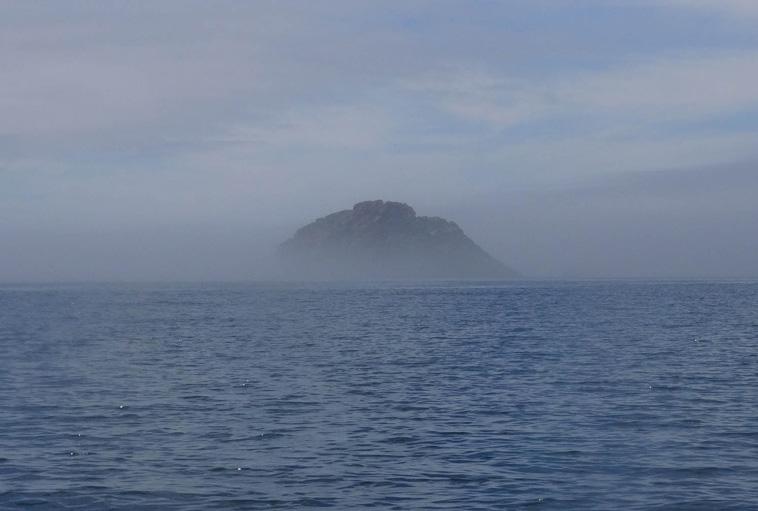
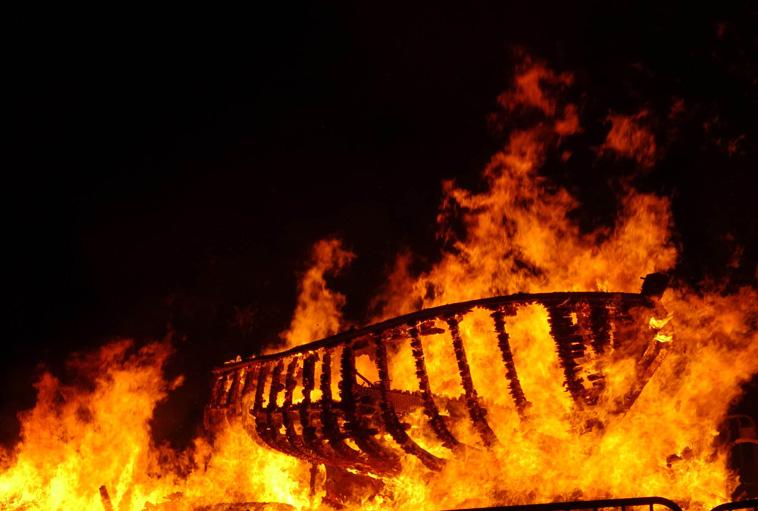
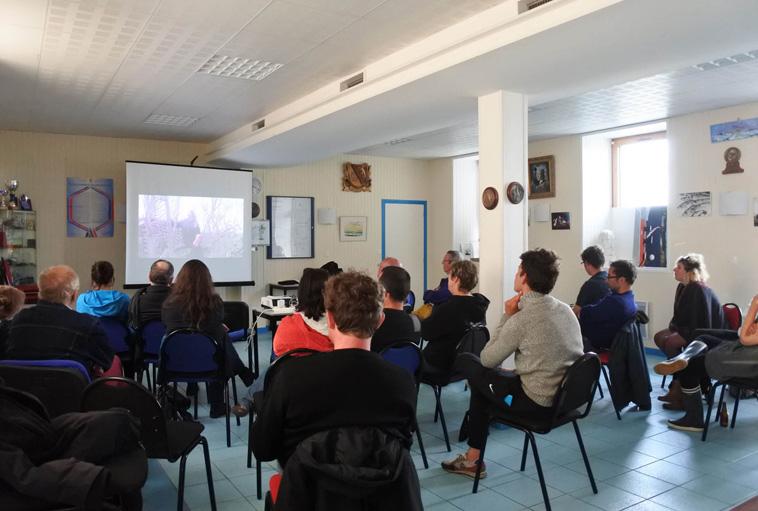
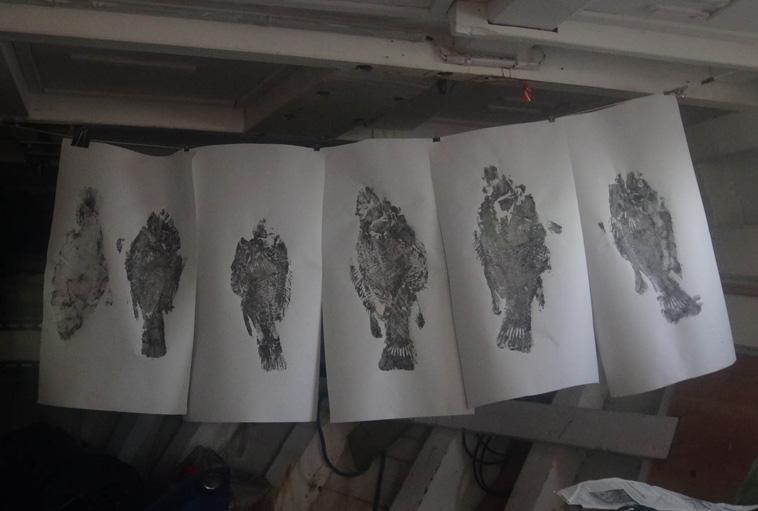
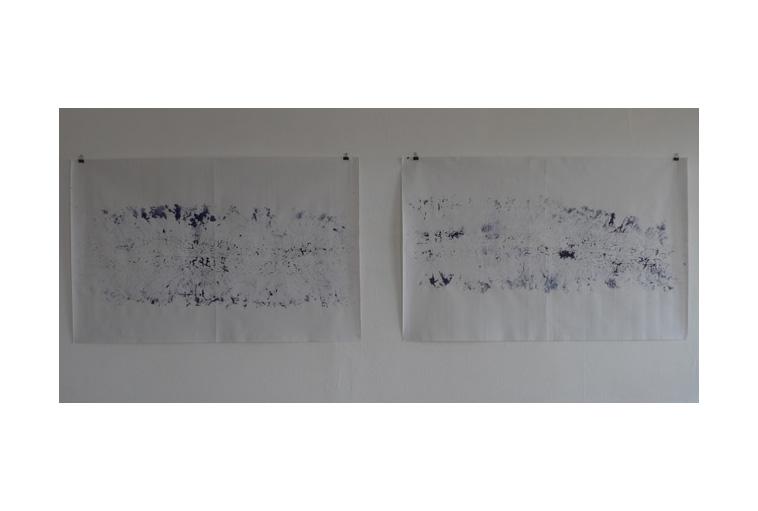
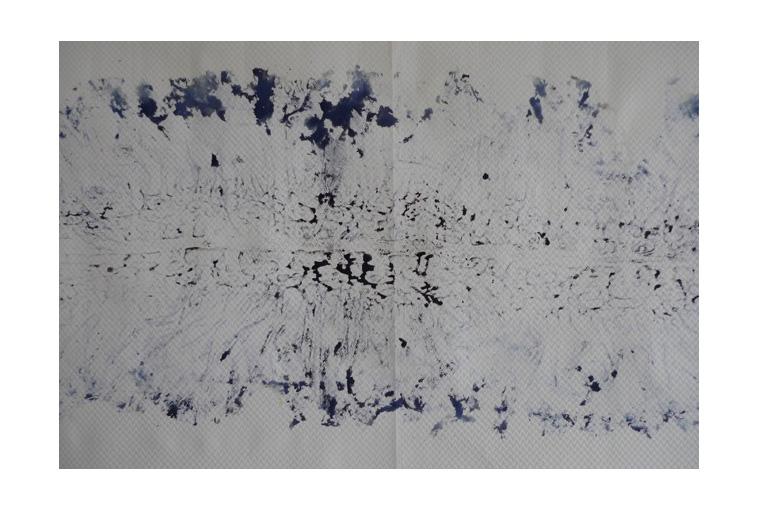
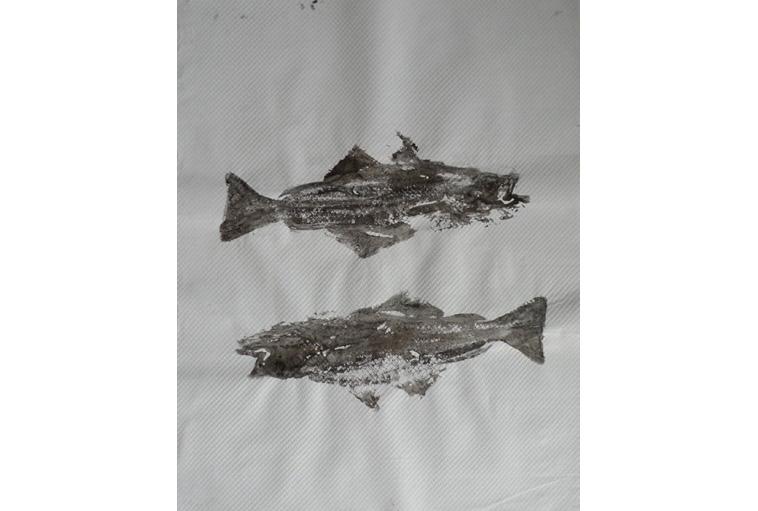
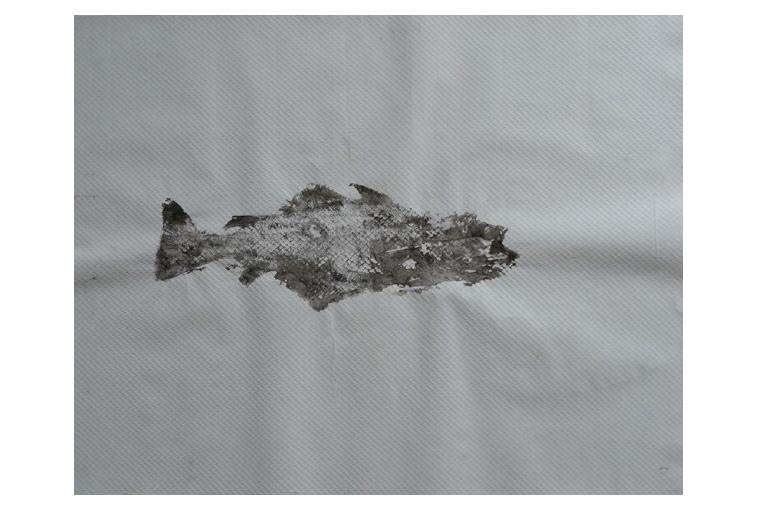
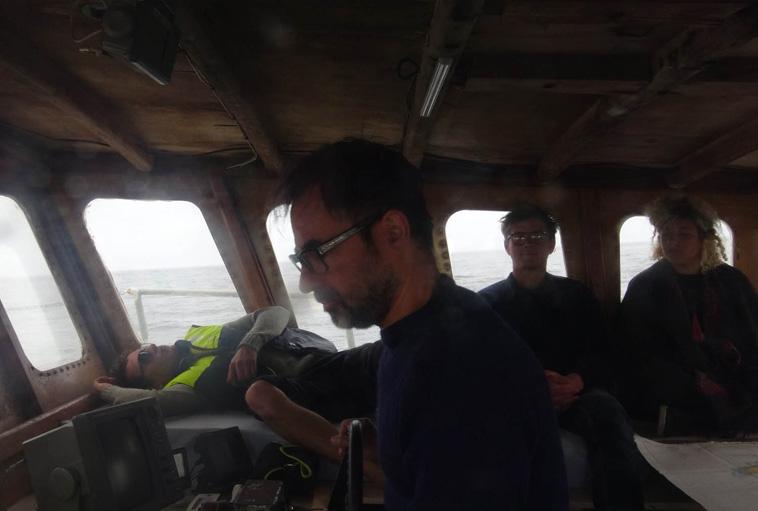
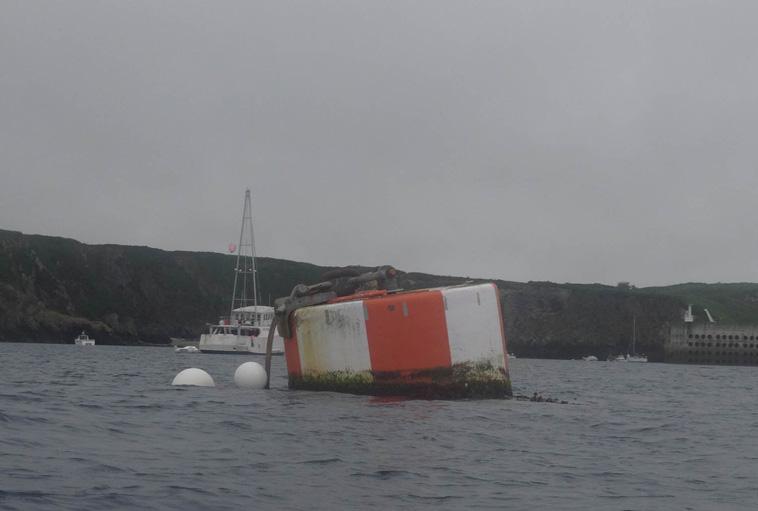
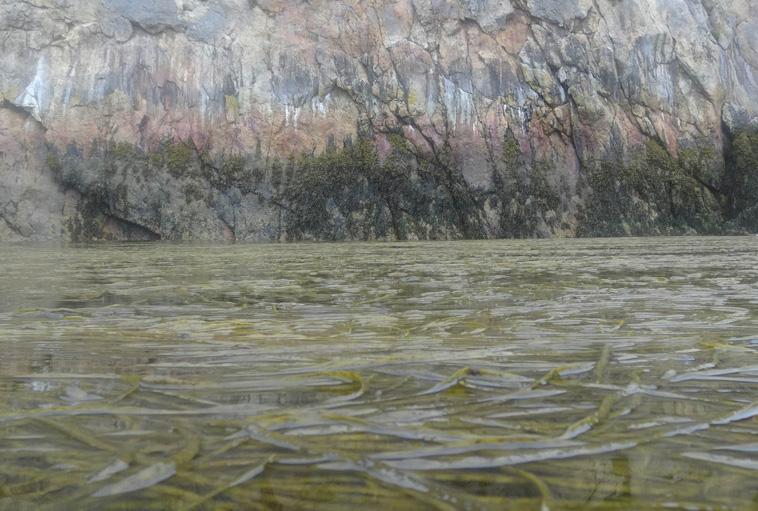
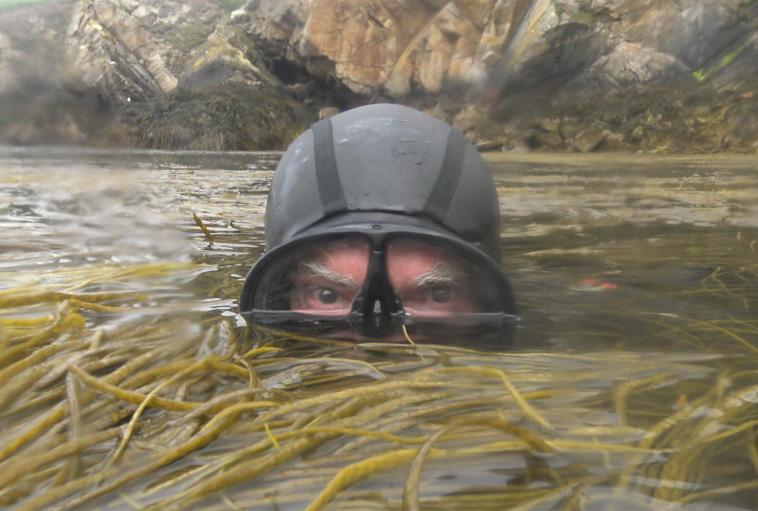

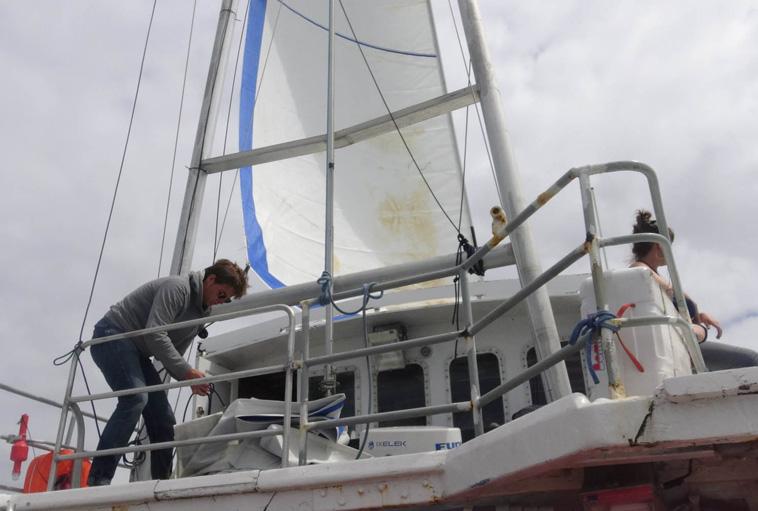
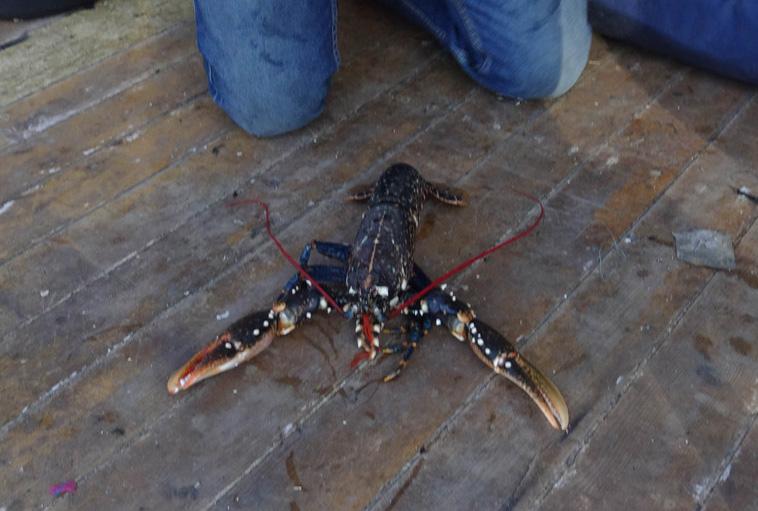
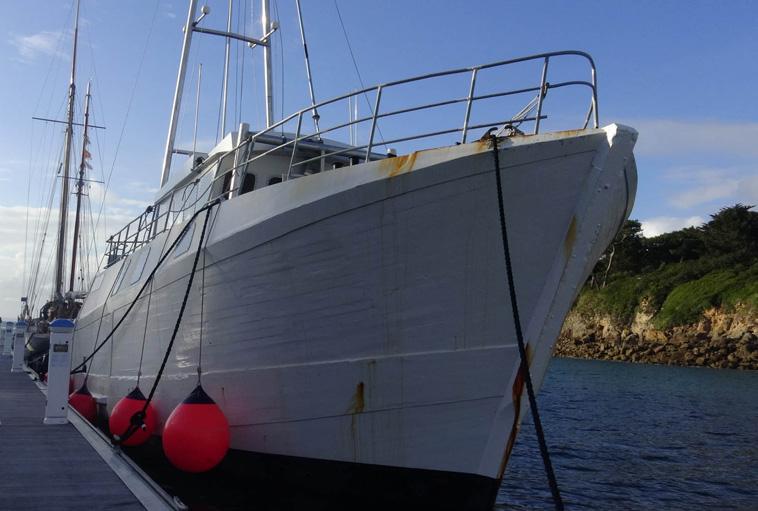
Nicolas Floc'h, Logbook, June 2016
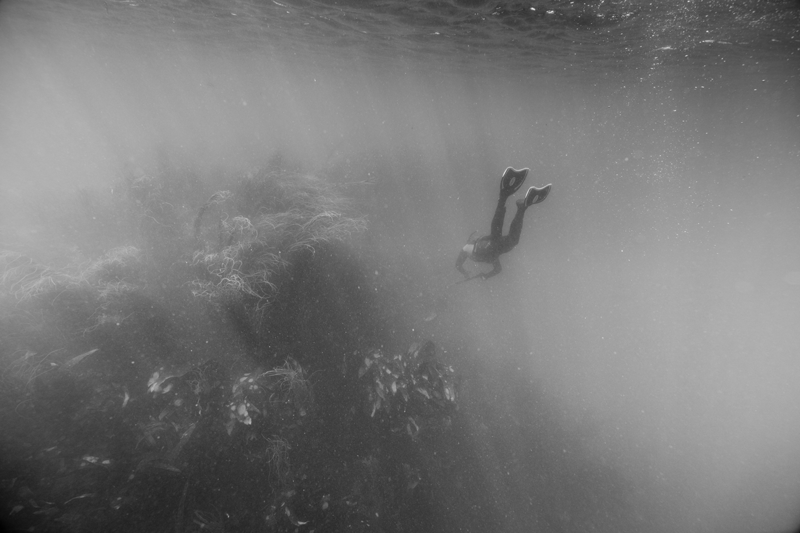
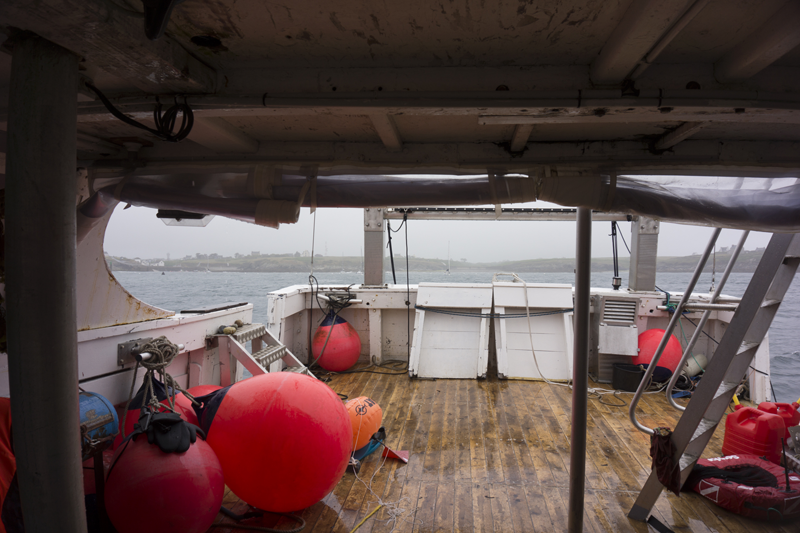
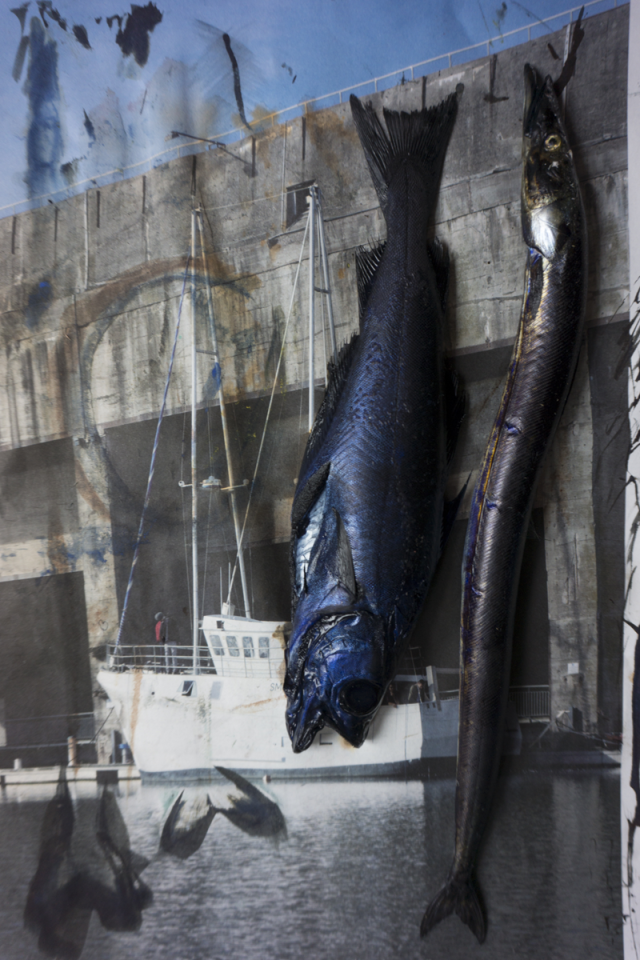
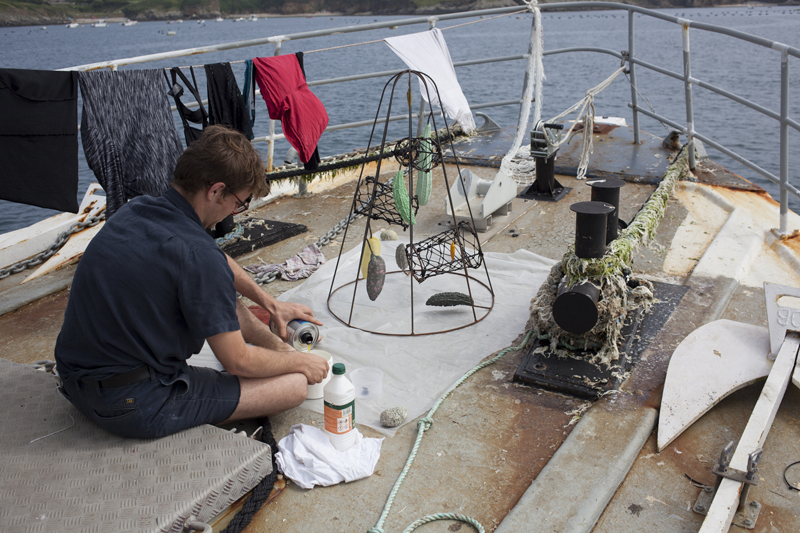
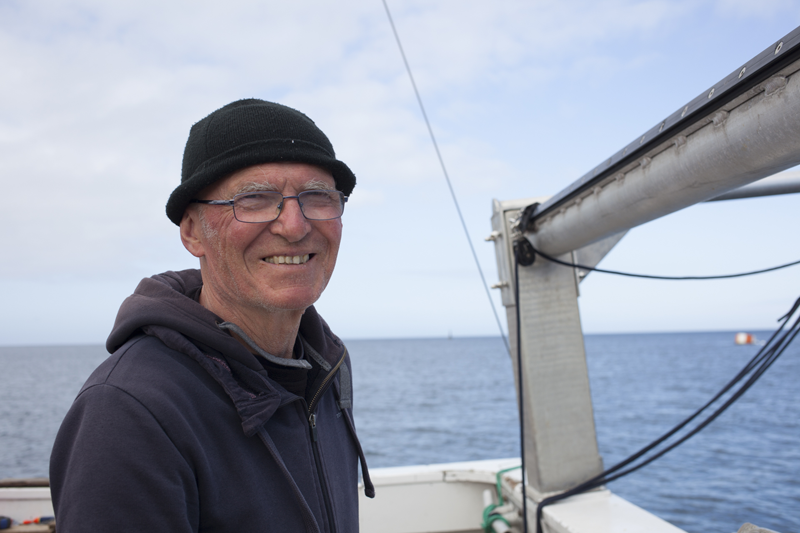
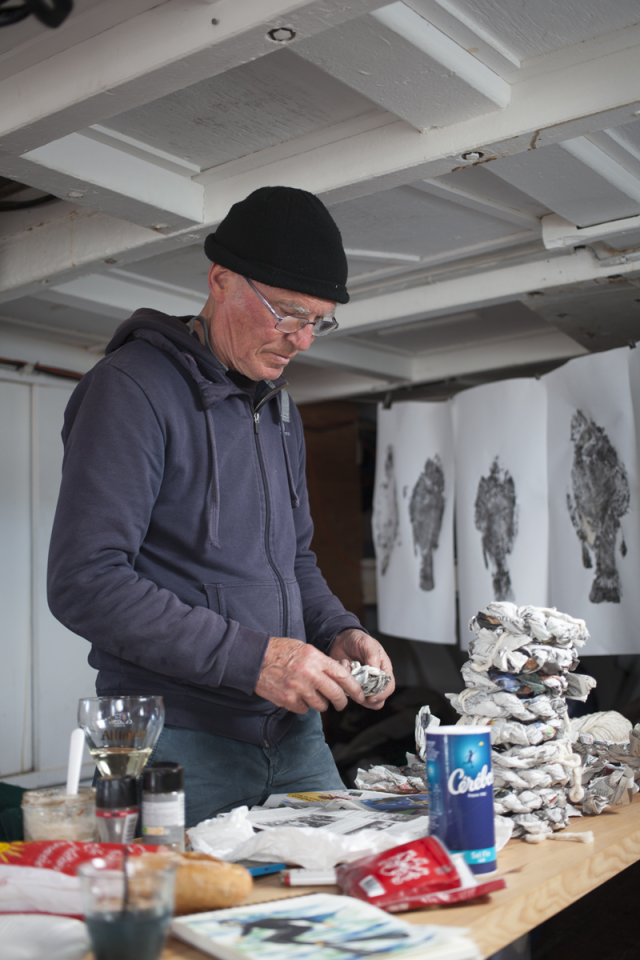
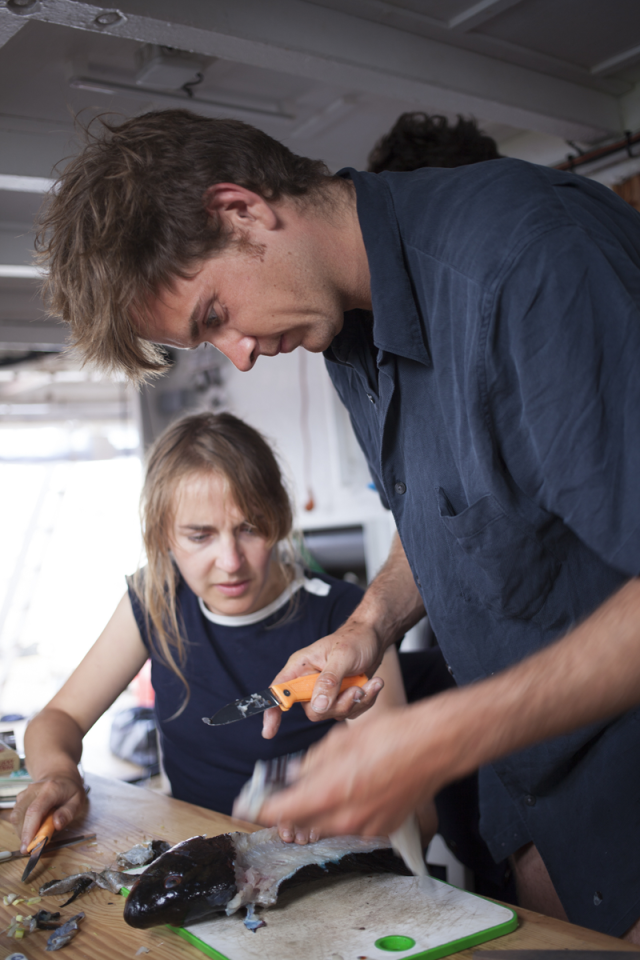
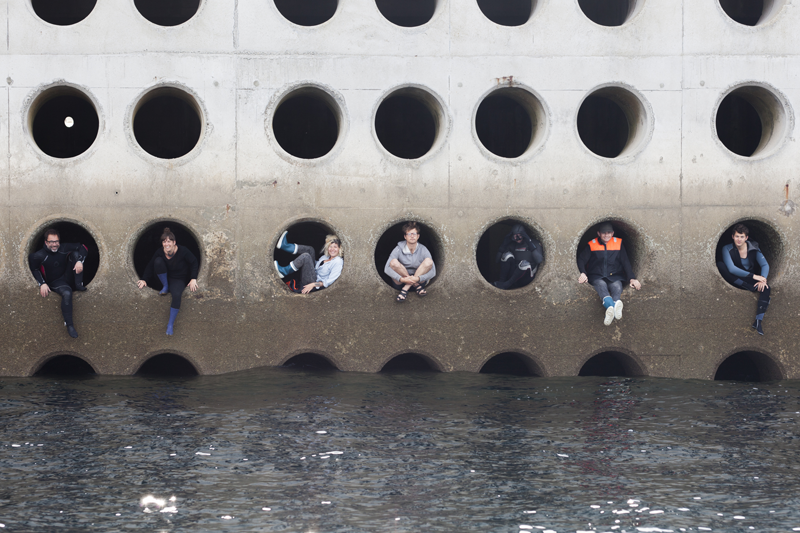
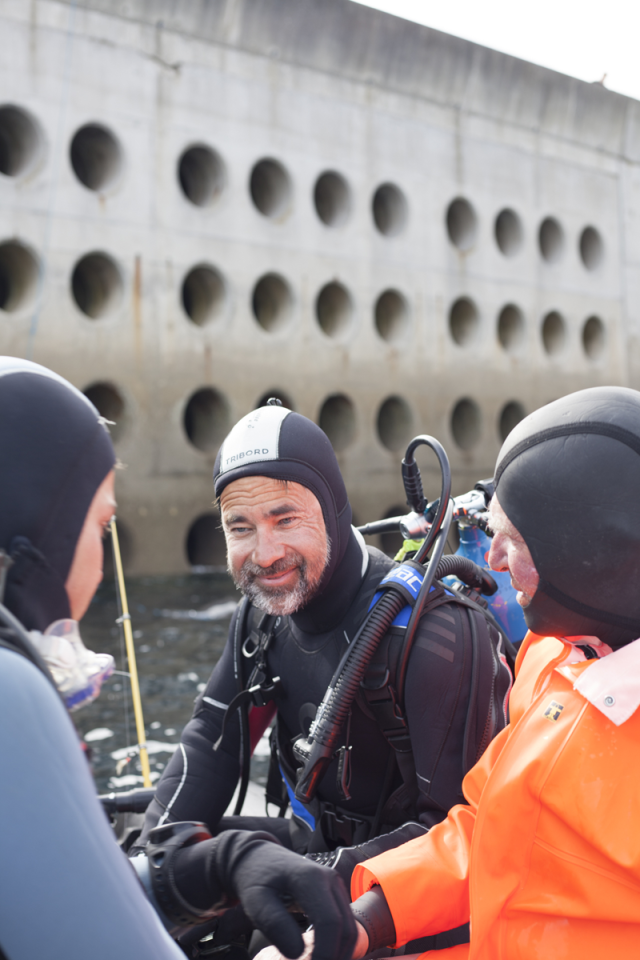
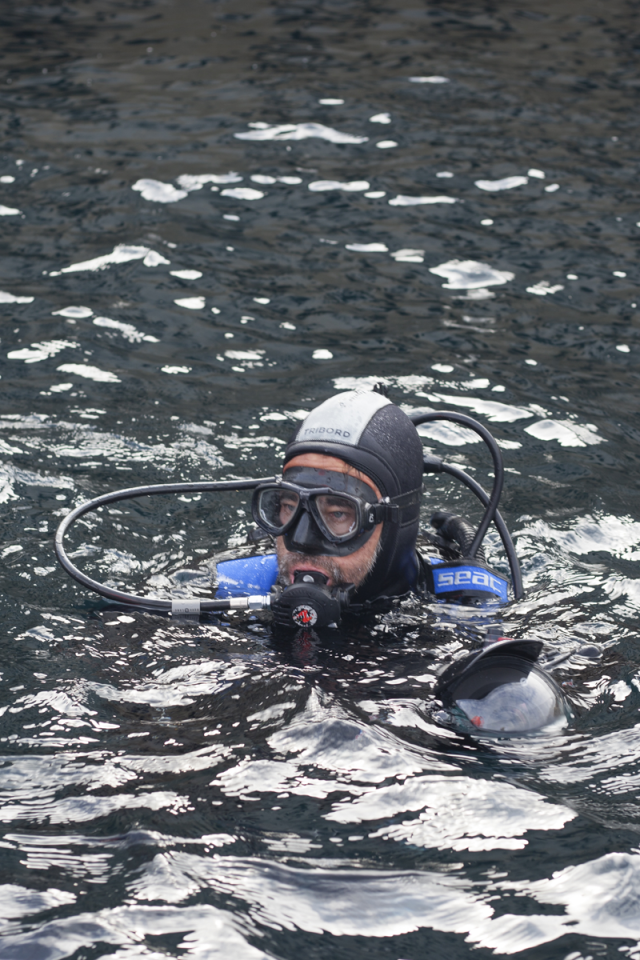
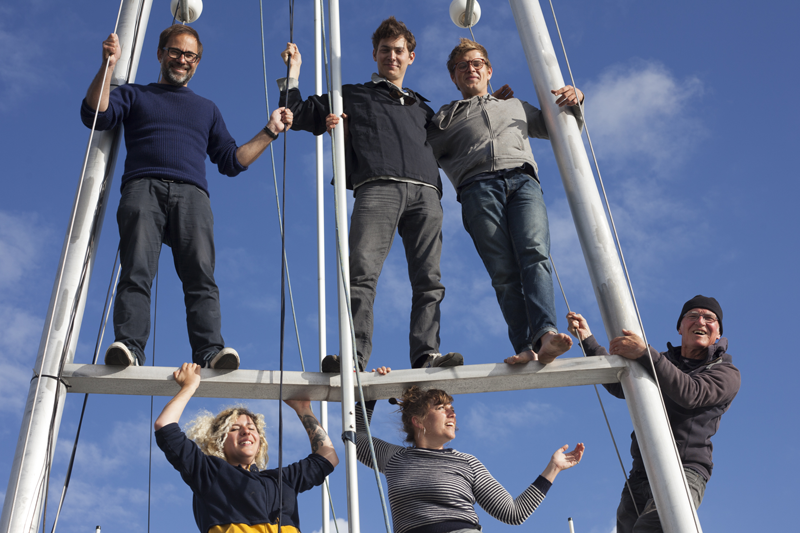
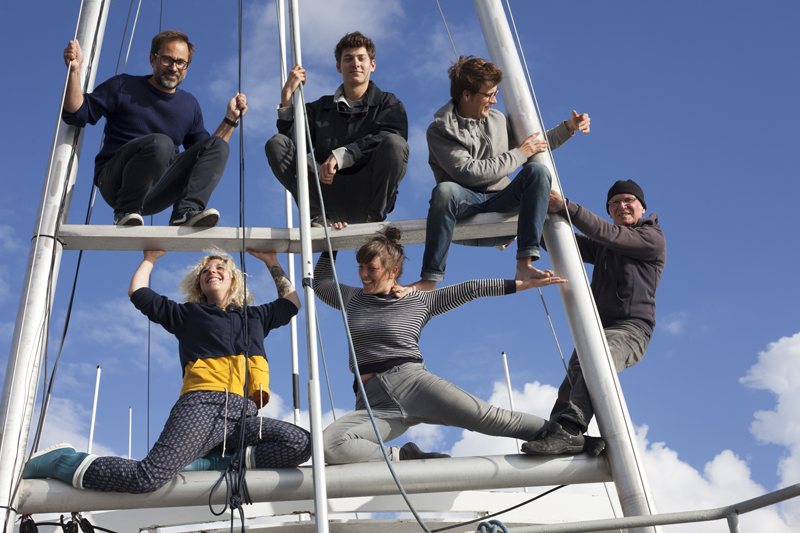
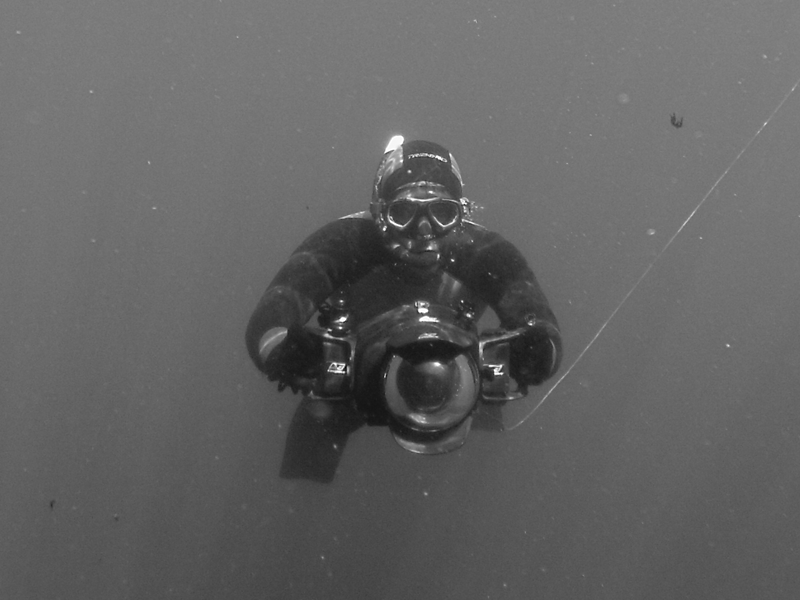
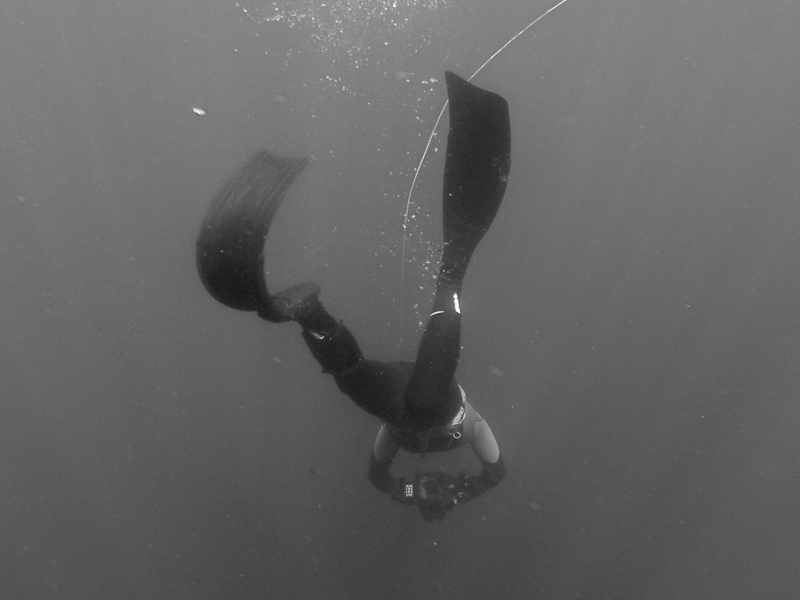
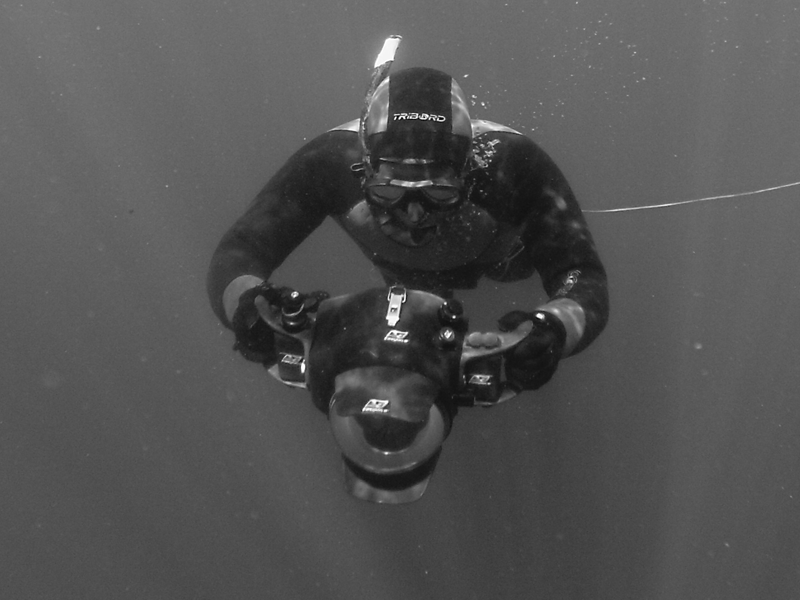
Works in progress :
Nicolas Floc'h, Forêts, plaines, grottes et montagnes
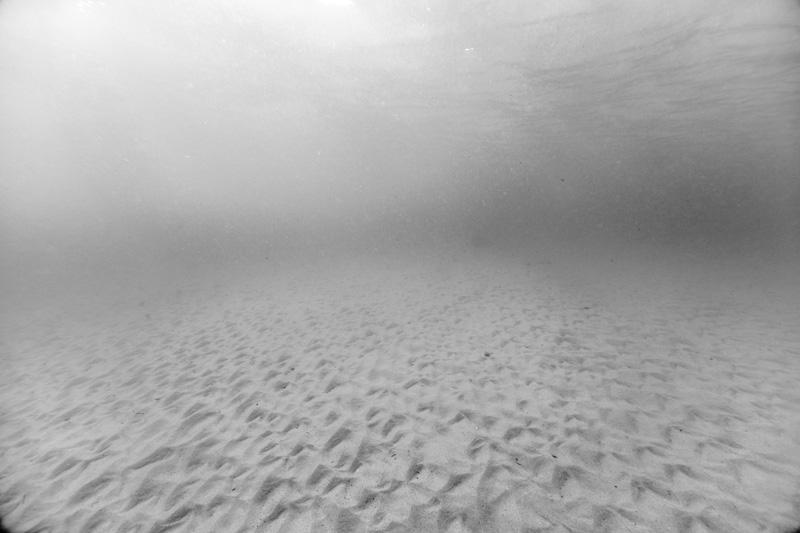
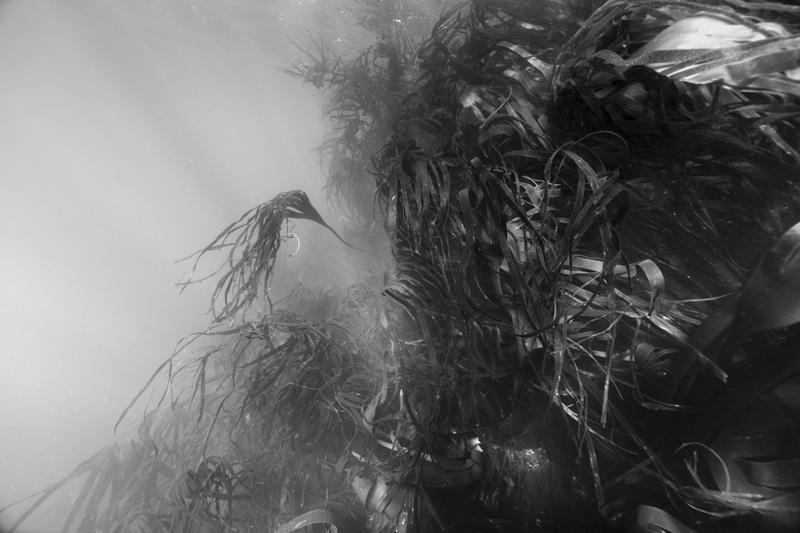
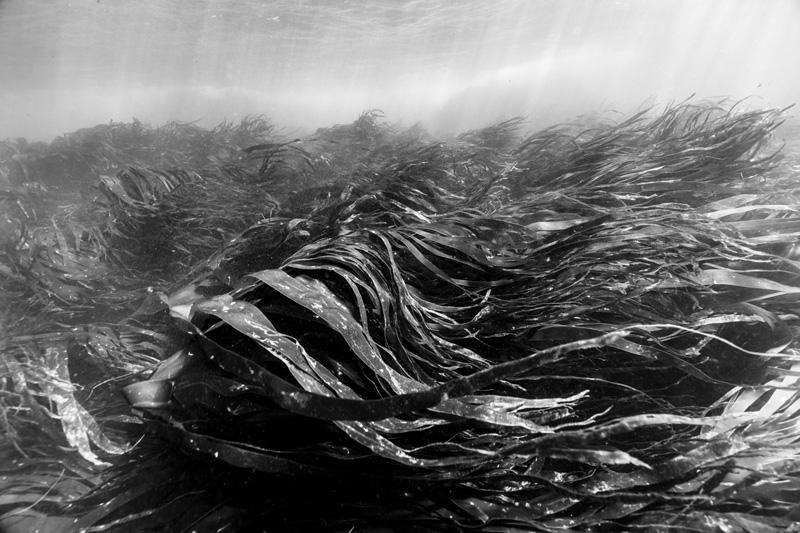
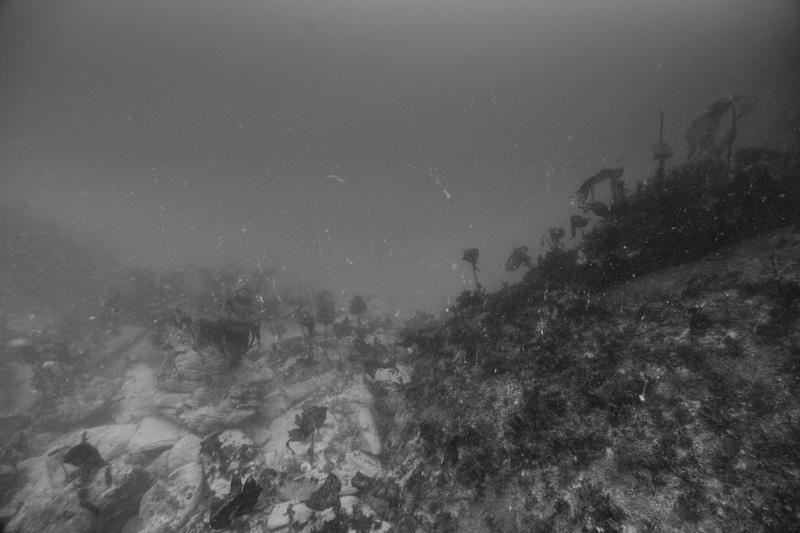
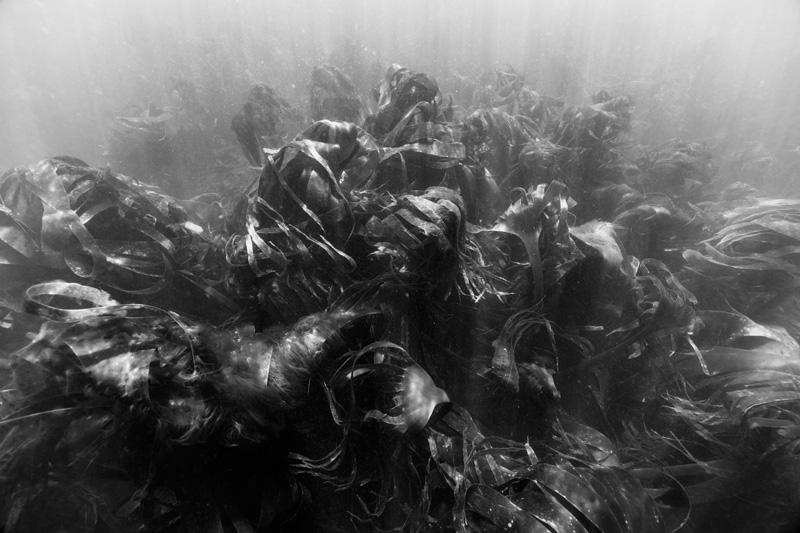
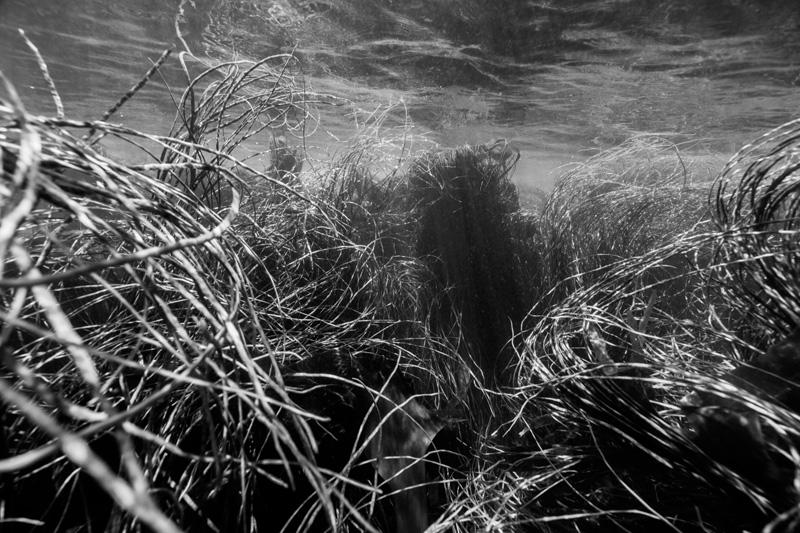
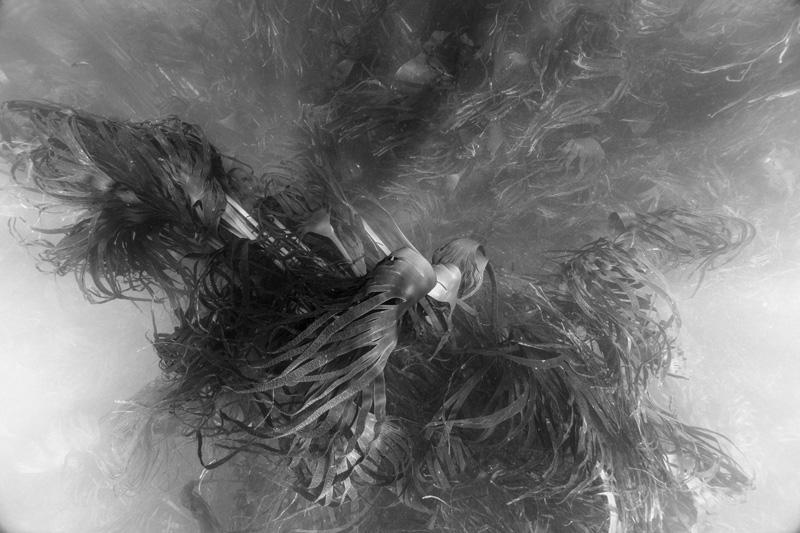
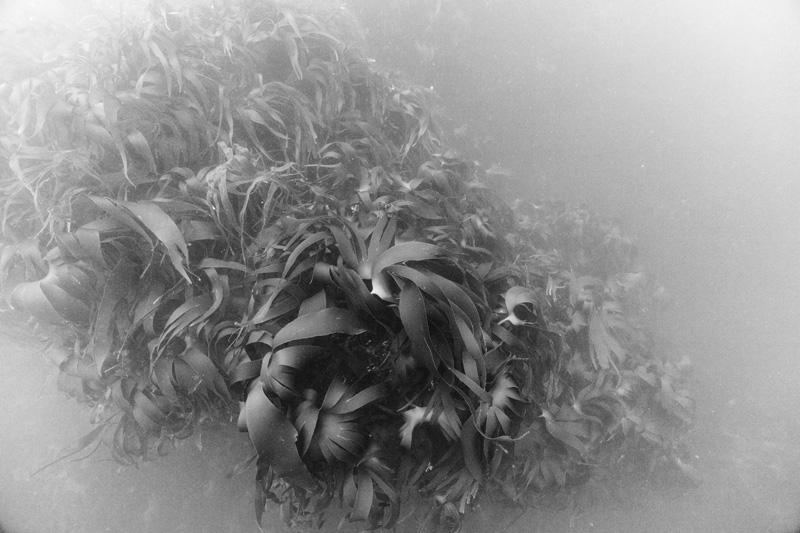
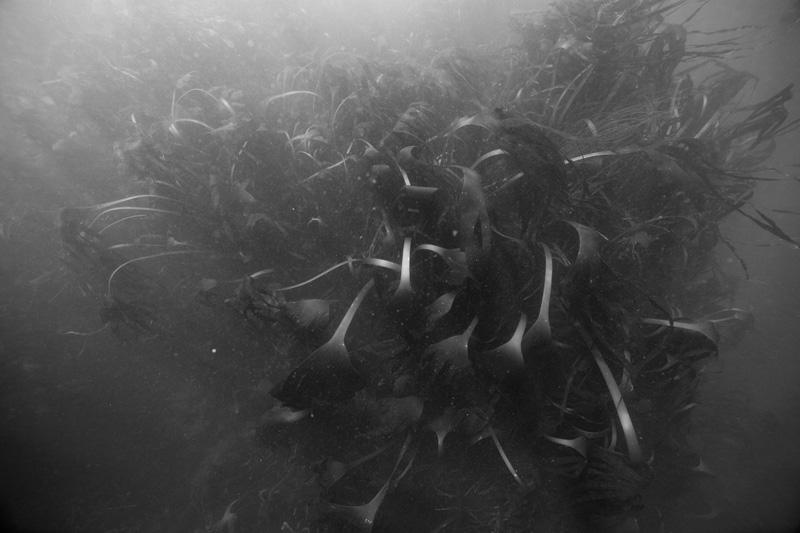
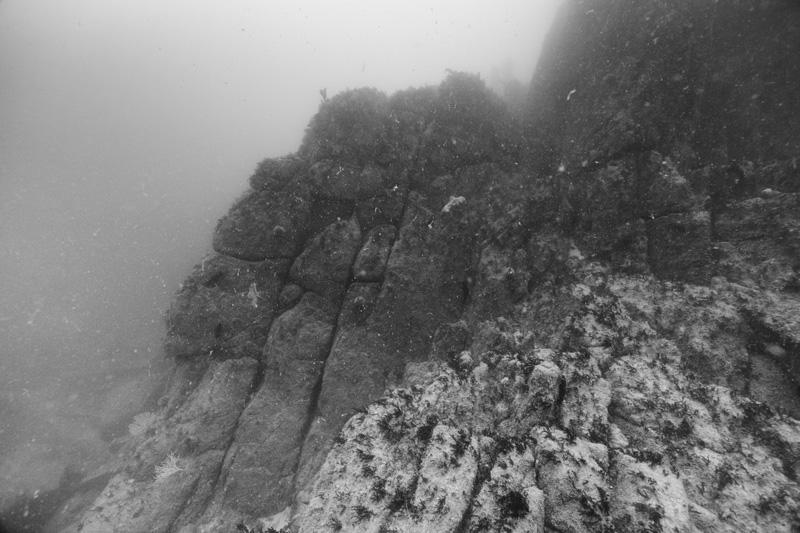
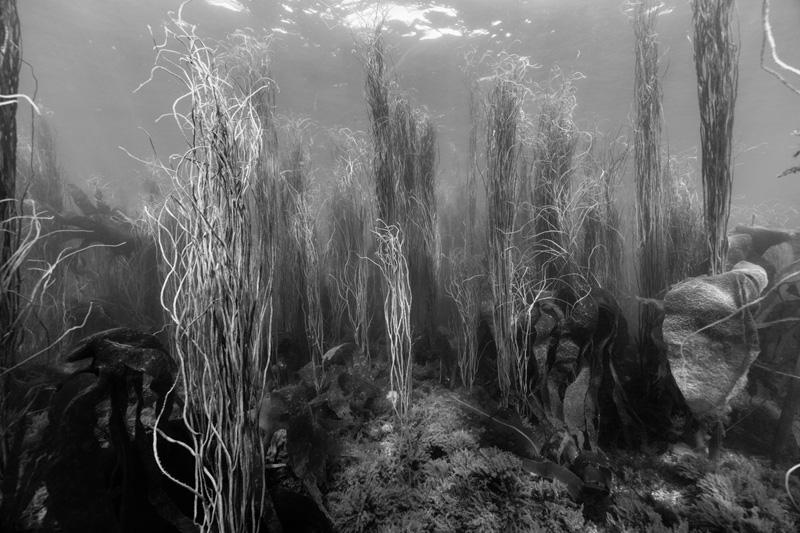
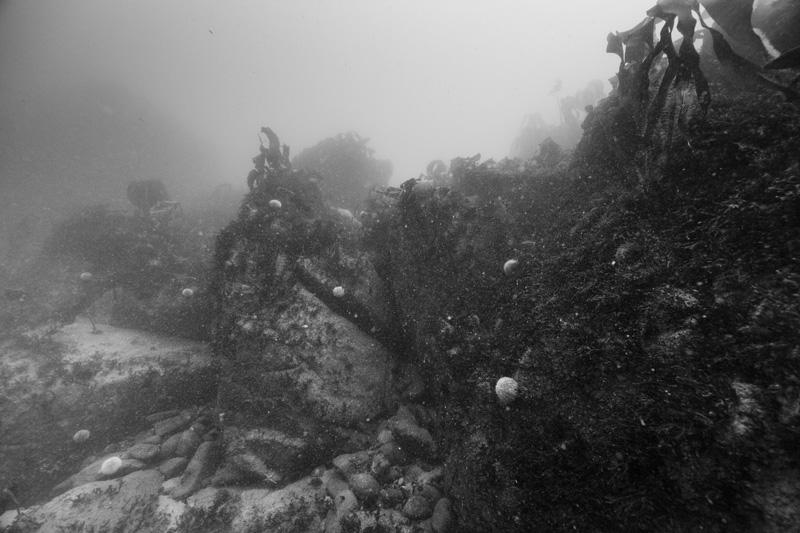
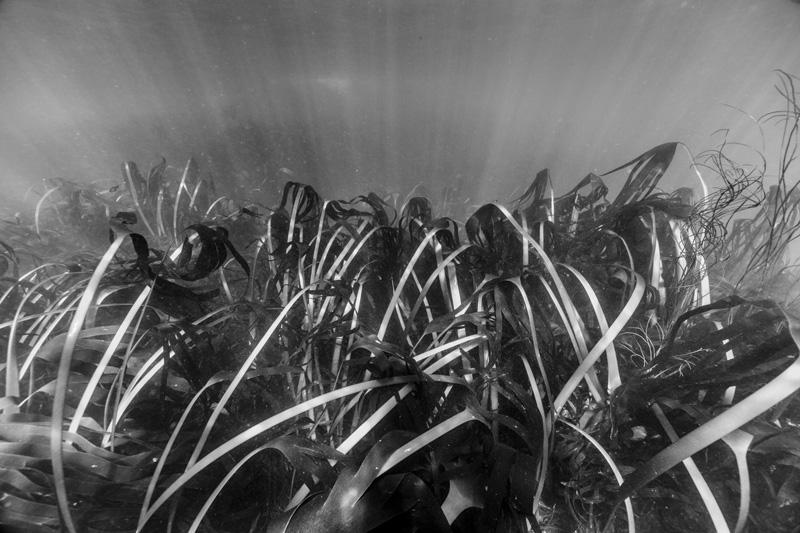
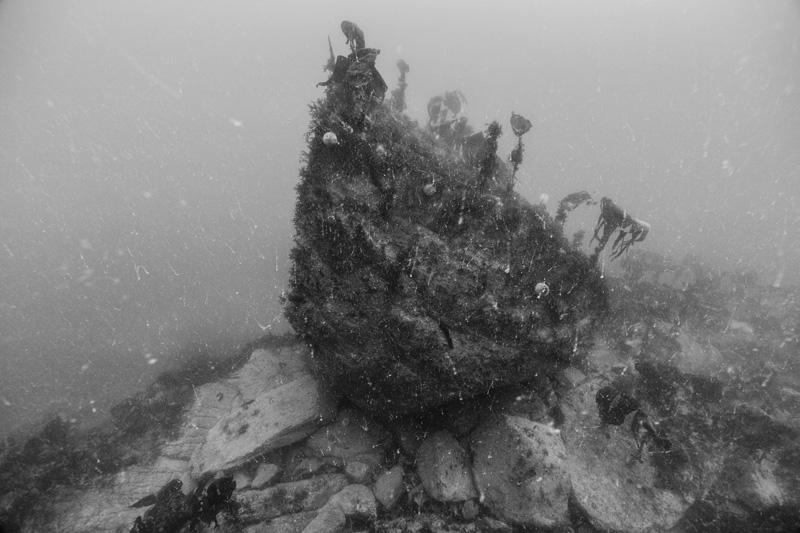
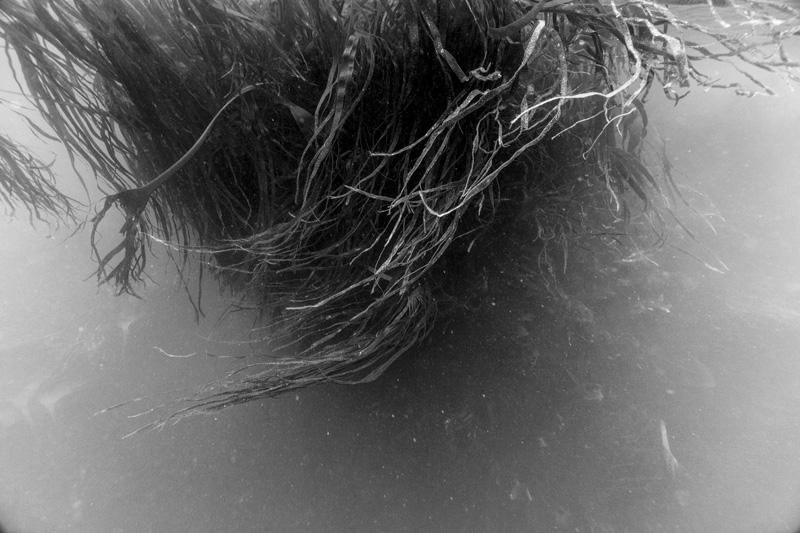
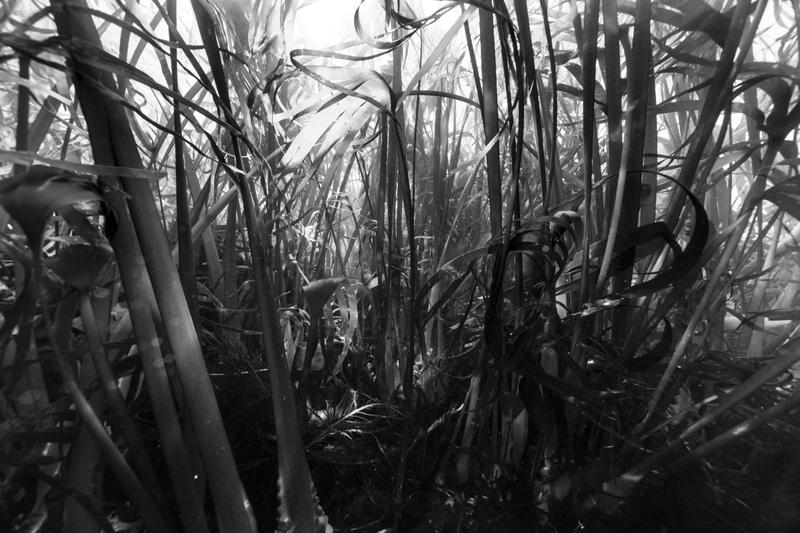
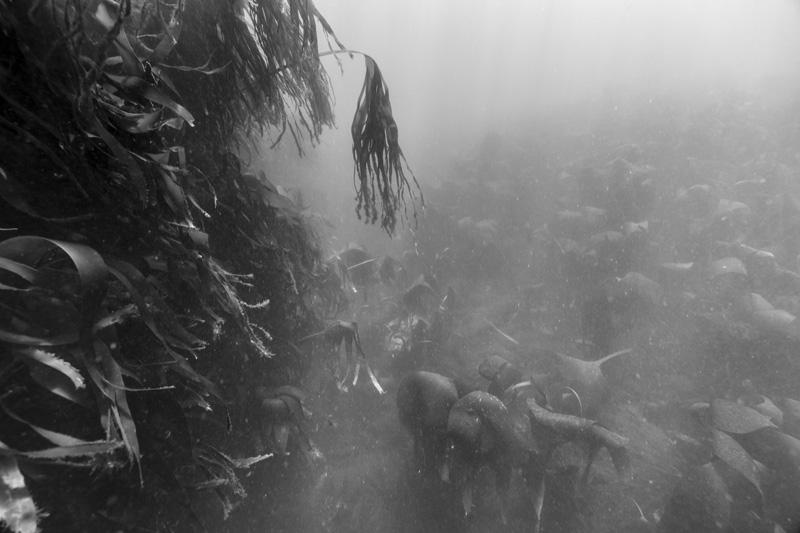
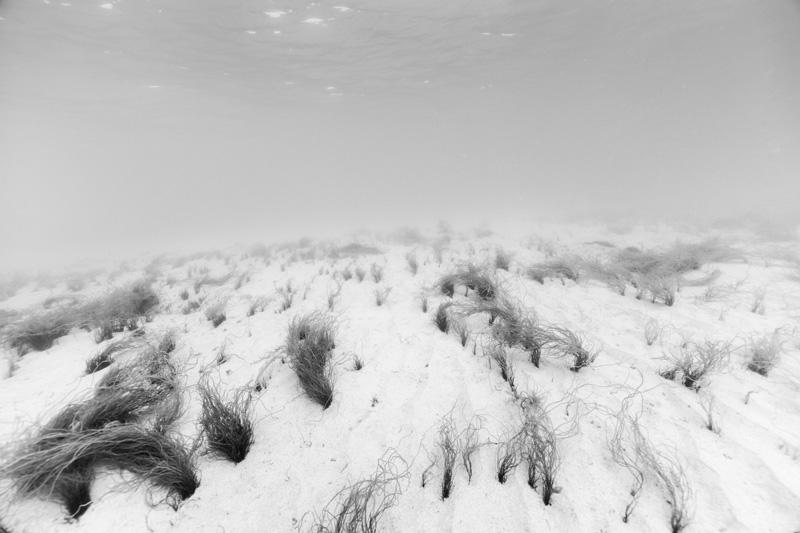
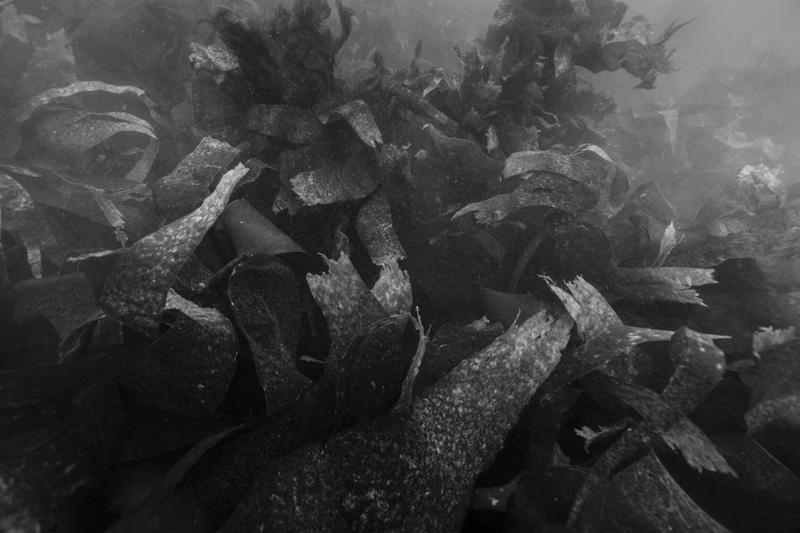
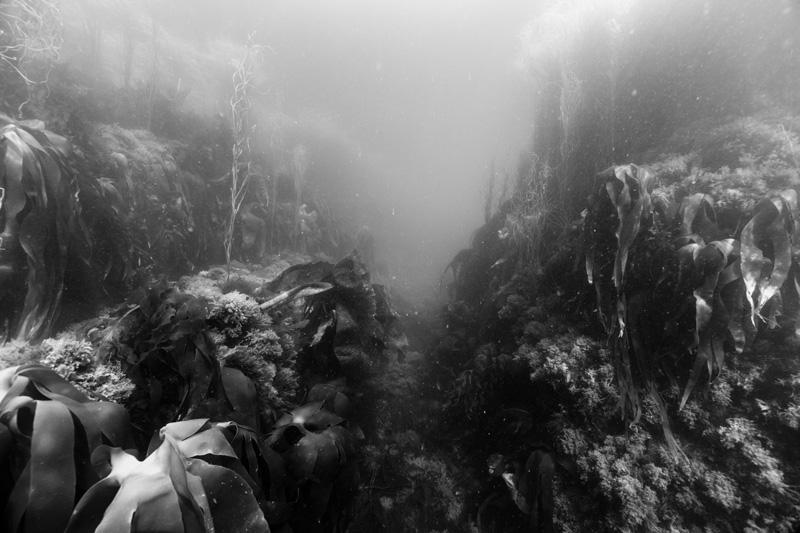
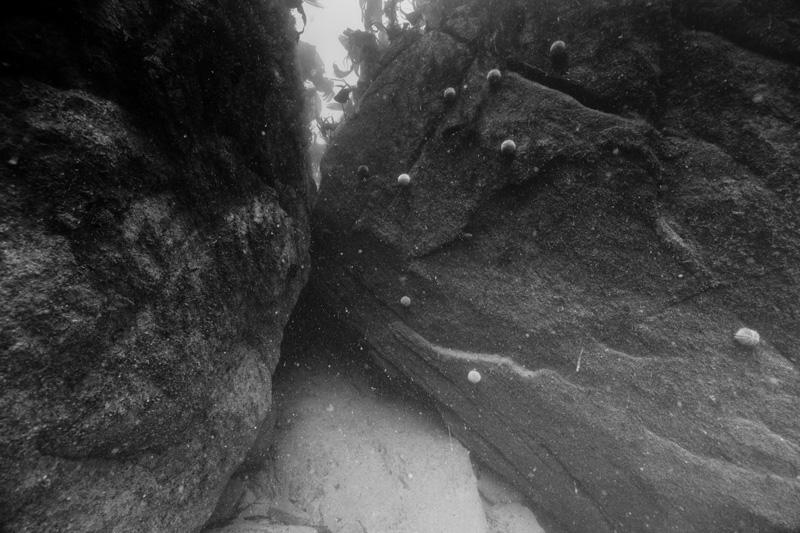
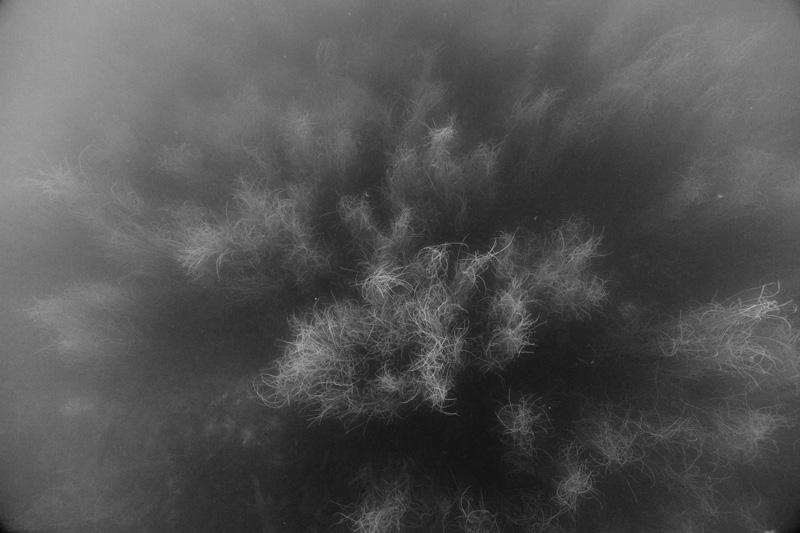
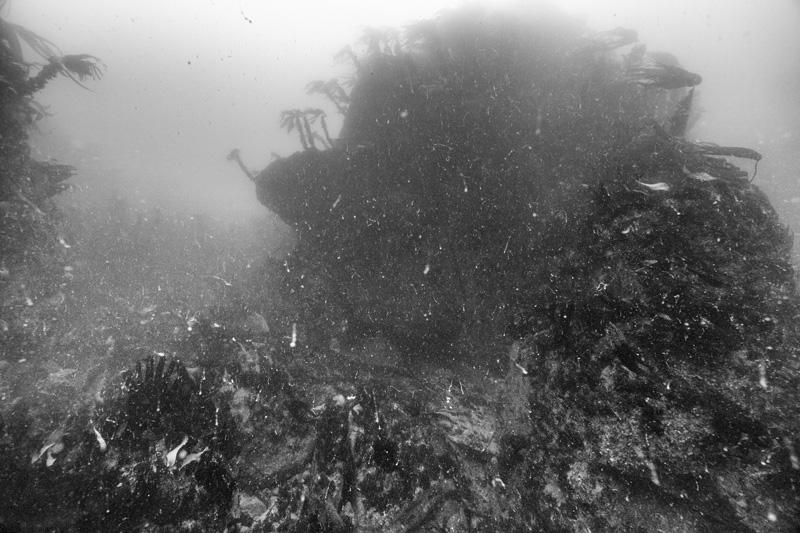
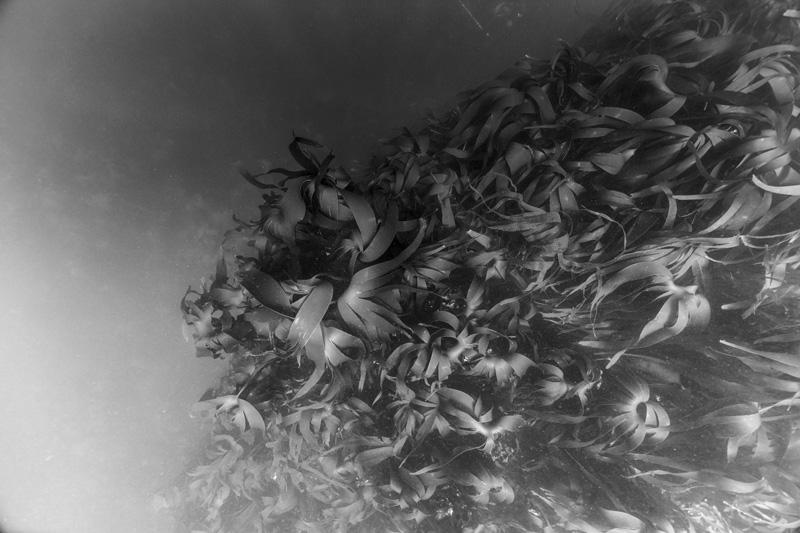
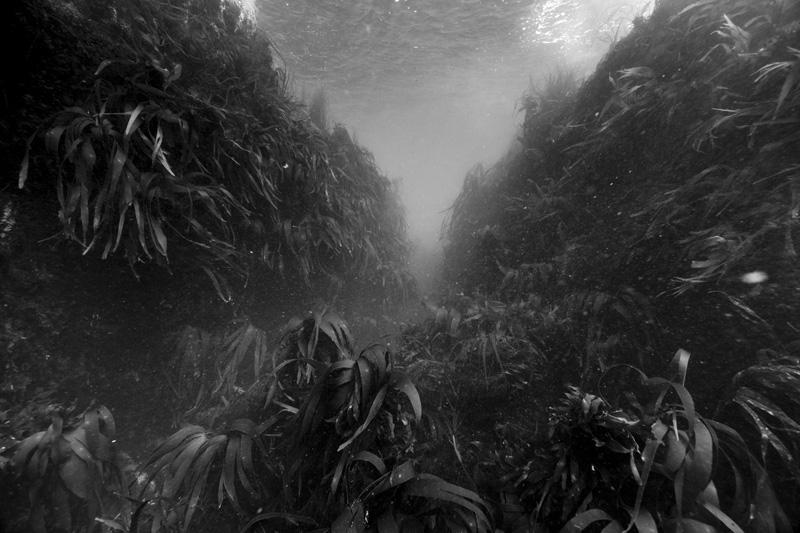
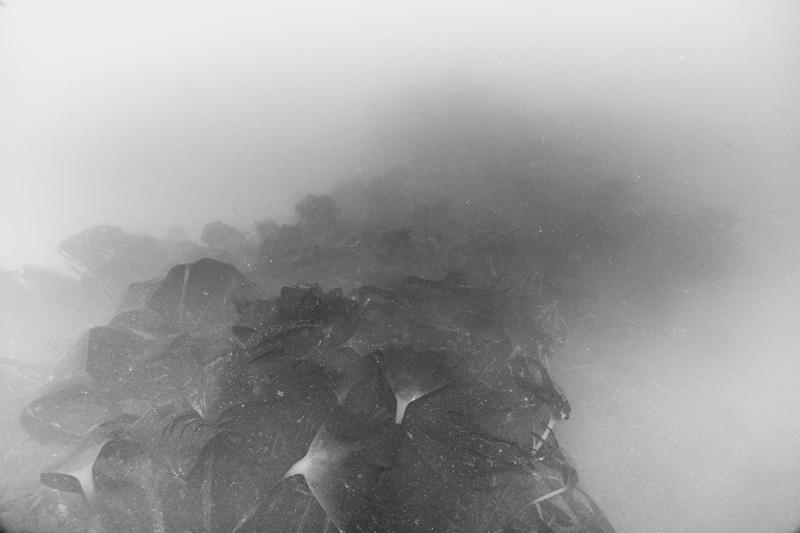
I’ve been observing underwater landscapes for a long time. The artificial reef project has enabled me to embark on an underwater photographic project. My research is leading me to ecosystemic studies of spaces in fact combining constructed spaces and natural territories. Artificial reefs are forms of architecture, elements built to be colonized and become habitats. Seascapes and the mass of water also represent flexible and moving habitats which can be reconfigured. Underwater photography often focuses on showing live animals, but few of the natural habitats and little of the vegetation making up underwater landscapes.
B.O.A.T ® an art research ship of the École européenne supérieure d'art de Bretagne
LIVING TOGETHER
NICOLAS FLOC’H, for B.O.A.T. - February 2016.
An enclosed, moveable space. A group of people living and working together over a long period of time. An unstable, moving environment, changing and uncontrollable, just like the world.
Living on a boat is always a powerful experience where each person’s responsibility involves the community. Being there, rather than elsewhere, means living for the moment, all moments, day and night. A boat never sleeps, it moves, it changes, it goes hand-in-hand with the motion of the world.
Living in a world which redefines its boundaries, a nature which reminds us of its presence, its power and our inability to master it. Adapting modestly and consciously, thinking of oneself as part of an ecosystem, living there together in order to experience it and take the measure of things.
Cooking, again, but every day somewhere else. Using resources when it is possible, based on a place, an encounter, an exchange. Sharing the space and the pleasure of a table, but getting close to environments, and the origin of things. The everyday bond we have with nature by the fact of feeding ourselves is one of the vectors that helps us explore the spaces, the methods of production, and their challenges.
Being there, in contact, to imagine, think, and represent. Trying to approach realities so as not to be outside time, outside our time, outside this world which is already eluding us.
B.O.A.T is this laboratory for a community made up of men and women who want to better understand the changes of the world. Here, students, teachers, artists, scientists, architects, anthropologists, cooks, ecologists, geographers, and sailors form this community which shares and questions its environment.
How, tomorrow, shall we live in spaces that are being redrawn? What architectures, what solutions and what patterns of behaviour ? With what forms of energy will we fuel our daily round? How are the oceans at the heart of these challenges and transformations ? How do coastal zones, lived in by more than 50% of human populations, concentrate pollution and spread it in the oceans?
Together we have an impact on our environment, locally and globally, and it is together that we must understand it.
What meal shall we share and what environment shall we cultivate? What will tomorrow’s water be like, and what life will it make possible? It is not just a matter of what we might call ecological considerations, but of the reality of the world and the awareness of the one we have built. It is urgent to live together, work together, and look at the world together to be able to represent and imagine the various possibilities. How together we are inventing tomorrow and must put our knowledge together to succeed!